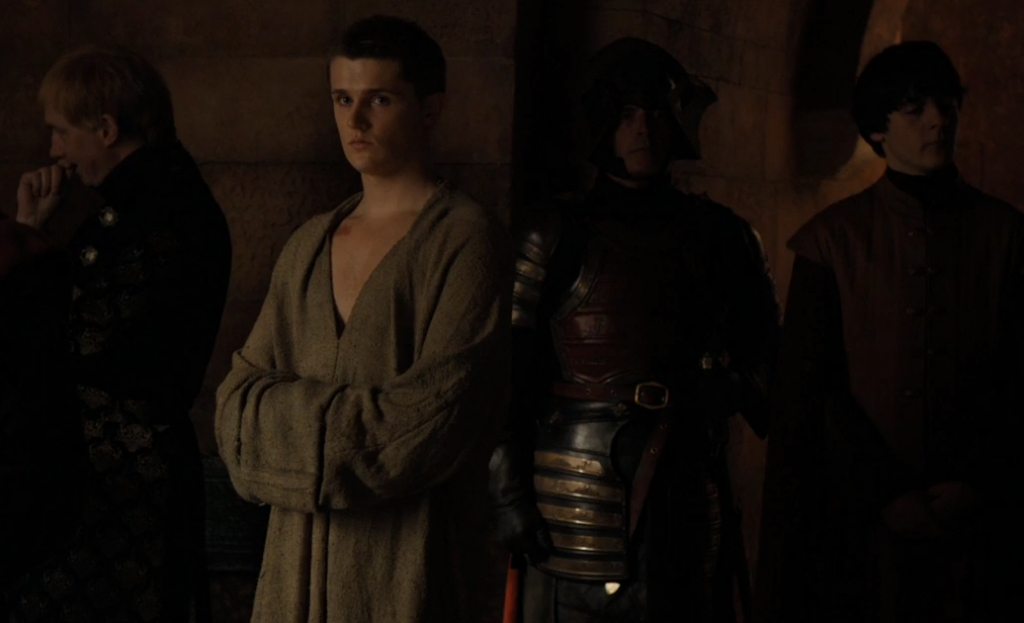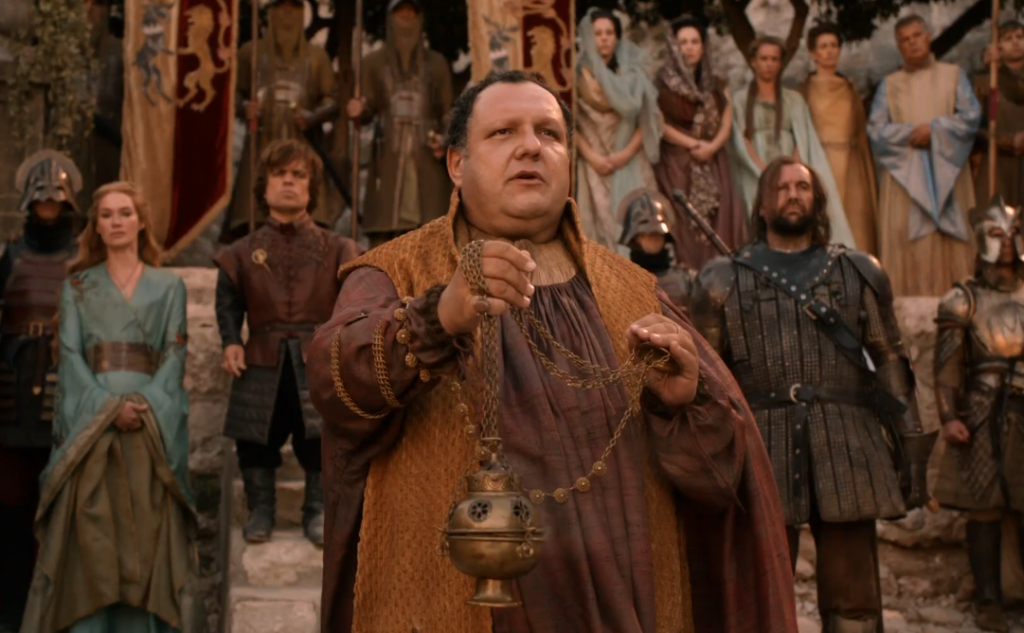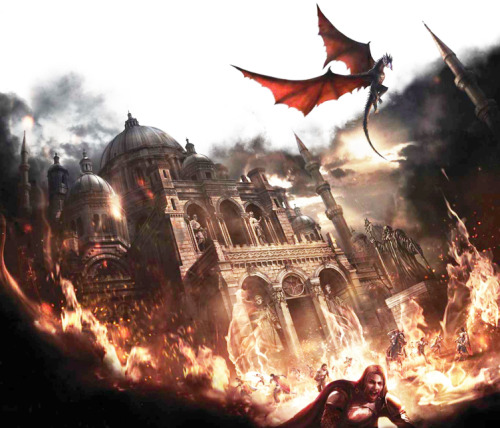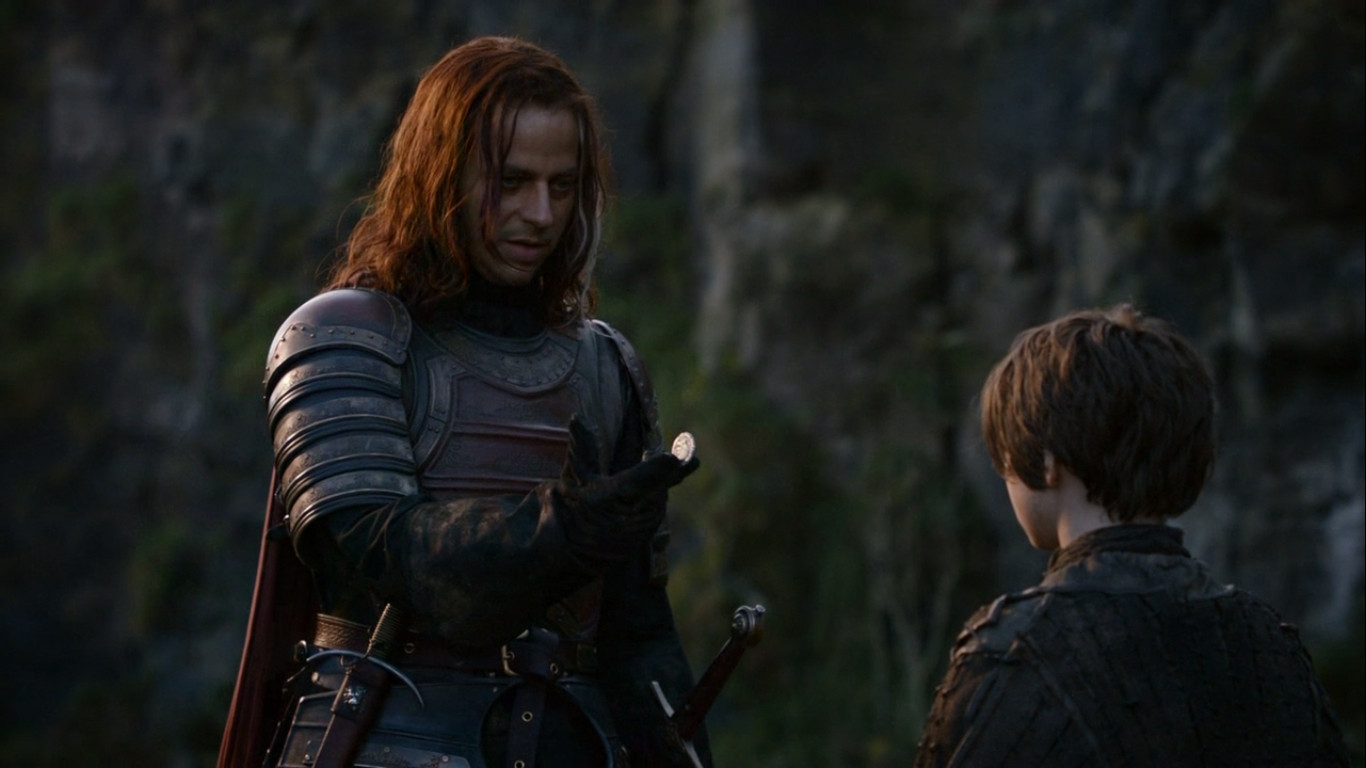It is plain to see that religion is influential in the world of Game of Thrones. Various characters have expressed their belief in the Seven, the Old Gods, the Red God, and the Drowned God. As the series progresses though, the words of the devout seem to carry more and more weight. This season promises a far more extensive look at the Faith of the Seven in Westeros.
The current High Septon and the Faith in general is regarded as corrupt and hypocritical. But a sweeping change is underway and a new leader has found himself representing the Seven. The Sparrows are a sect of fundamentalists who worship the Seven and practice their religion to the utmost. Their leader, the High Sparrow, has just risen to a position of influence within the Faith. If the show is to follow the events of the books, the High Sparrow’s climb to power has just begun, and the Game has a new and threatening player.
Who are the Sparrows?

The first episode of the season featured the return of Lancel Lannister, Cersei’s cousin and brief lover. But instead of his characteristic long hair and expensive clothing, he appeared monk-like with a sheared head and roughspun robes. His newfound fanaticism stems from a group called the Sparrows. While speaking with Cersei, he made an ominous statement that does not bode well for the secular world, “Their world is at hand. I will pray for your Father’s soul.”
It is not difficult to surmise that the High Sparrow is the leader of the Sparrows; the guiding hand behind this movement. But where exactly, does he intend to guide his people? The plain, unadorned clothing of the High Sparrow and his followers suggest a more fundamentalist tone amongst the Faith than previously seen.
Though the High Sparrow has had little screen time so far, he spoke some foreboding lines during the Season 5 trailer, “You are the few, we are the many… We serve the Gods and the Gods demand justice”. This suggests a rejection of the nobility and their politics.
The War of the Five Kings has by no means benefited the common people; their homes have been invaded, their valuables have been stolen, and their sons killed fighting for a King they never met. If the High Sparrow promises to relieve them of their suffering, then he may win many followers indeed. And together, they may pose a great threat to the ruling houses of Westeros.
Seeing as the High Septon of season two was killed by an angry mob, it is safe to say that the common people do not approve of the Faith in its current state, and may be swept up in this nascent uprising. The smallfolk’s rage may prove to be a useful weapon for the High Sparrow.
In the past, nobles and commoners alike took up arms (albeit under different banners) in the name of the Faith. Answering not to the King but the High Septon. They were individually the Warrior’s Sons (nobles) and the poor fellows (commoners), collectively, they were the Faith Militant. They openly defied the Iron Throne and fought against the Targaryens in 41 AC, until King Maegor the Cruel all but crushed them, and King Jaehaerys the Conciliator offered amnesty on the condition that they disband. Agreement was reached and the faithful laid down their arms, but will that arrangement continue under the High Sparrow?

How is This Different from the Books?
In the books (spoiler warning), the High Sparrow rose to power when his followers broke into the chambers of the Most Devout (whose duty is to elect the High Septon) brandishing axes and all but forcing their choice. Though his new office was earned through a simple appointment in the show, the effects of this newcomer will still be felt.
Furthermore, the books have the (yet to be seen) Faith Militant separated into two sects. The two sects were known as the Warrior’s Sons, and the Poor Fellows. The former was reserved strictly for the nobility, the latter made no such restrictions, both were fanatically loyal to the Faith. For simplicity’s sake however, the Show seems to have distilled the two groups into one; they are now simply the Sparrows. This does slightly steal away the sense of splendor surrounding the Warrior’s Sons, with their silver armor, jeweled swords, and rainbow cloaks. But this change is ultimately understandable.
The Rebirth of Faith Militant

If Cersei does indeed remove the prohibition against the armament of the Faith, she may find herself regretting that decision. The Faith have made good on their promise of rebellion against the crown before, and if given the opportunity, it is likely that they will do so again. This does not offer high hopes for King Tommen’s future. Tommen is a child born of incest, a practice which spurred the revolt against the Targaryens many years ago. The King who reigned during that time did not meet a pleasant end: he was found impaled and eviscerated upon the Iron Throne.

Theories and Speculation
Thanks to Stannis Baratheon and the defaming letter he had spread across Seven Kingdoms, the fact that Cersei’s children are bastards born of incest is now common knowledge (though some choose not to believe it). This, paired with the Lannister’s seemingly indifferent attitude towards the suffering of the commoners, raises questions on how long the Lion will continue to reign in King’s Landing. Cersei is evidently seeking a new ally to use against her perceived enemies: The Tyrells. But the Queen Regent will soon learn that the Warrior wields a double edged sword.
Cersei’s statement to the High Sparrow reeks of political scheming against Margaery, “we must do what is necessary to protect one another.” In her view, it is the Tyrells that she and her family need protection from, and the Faith will be her shield. Or so she thinks. Fanning the flames of this religious fervor proves to backfire in the books; while having her daughter-in-law’s sexual morality brought to question, Cersei also brings herself under scrutiny. Given her history, she will not find sympathy amongst the devout.
The Mother of Dragons may not stand to benefit from the growing influence of the High Sparrow either. Daenerys’s parents followed the Targaryen tradition of marrying brother to sister, a practice explicitly forbidden by the Seven, which led to the first rebellion in 41 AC. Her family has a less than pleasant history with the Faith, and with her father being not only an incestuous Targaryen, but also the infamous Mad King, her coming arrival to Westeros is not likely to be well received by the Sparrows. Another clash between the devout and the dragons may be imminent.





One Comment